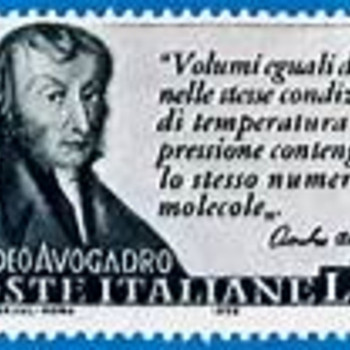Well #"nitrate"# #N(V+)# is reduced to #NO# #N(+II)#....
#NO_3^(-) +4H^(+) + 3e^(-) rarr NO + 2H_2O# #(i)#
And #"arsenide (+III)"# is OXIDIZED to #"arsenate (+V)"#....
#As_2S_3 +8H_2O rarr 2AsO_4^(3-) + 3S^(2-)+ 16H^+ +4e^(-) # #(ii)#
Mass and charge for balanced for #(i)# and #(ii)# which means that the reactions are so far kosher....and we adds #(i)# and #(ii)# in such a way that the electrons are removed from the final equation....
We take #4xx(i)+3xx(ii)#....
#4NO_3^(-) +cancel(16H^(+)) + 3As_2S_3 +cancel(24)16H_2O+ cancel(12e^(-)) rarr 4NO + cancel(8H_2O)+6AsO_4^(3-) + 9S^(2-)+cancel (48)32H^+ +cancel(12e^(-)) #
To give finally....
#4NO_3^(-) + 3As_2S_3 +16H_2O rarr 4NO + 6AsO_4^(3-) + 9S^(2-)+32H^+ #
The which I think is balanced with respect to mass and charge.....but check my arifmetik and my spilling....
Nitrate ion is in fact quite a potent oxidant, but often in aqueous solution, its oxidizing potential is masked......

